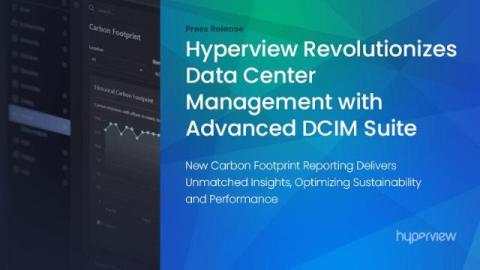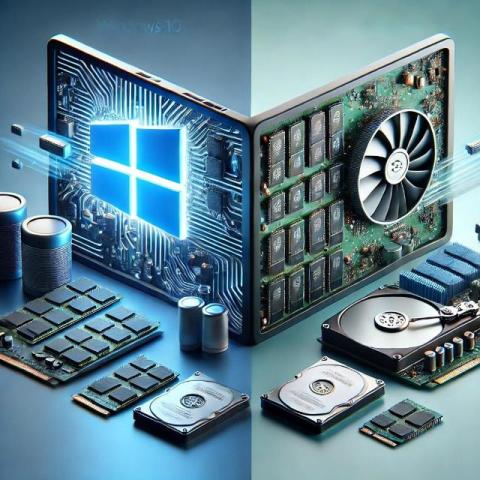The Role of AI in Modern Job Applications: Tools and Techniques for the Digital Age
In the digital age, the landscape of job applications has evolved dramatically, and Artificial Intelligence (AI) plays a pivotal role in this transformation. Traditional paper resumes and cover letters have given way to dynamic digital tools designed to streamline and enhance the job application process. AI technologies are now at the forefront, offering job seekers and employers innovative ways to connect more efficiently and effectively.








